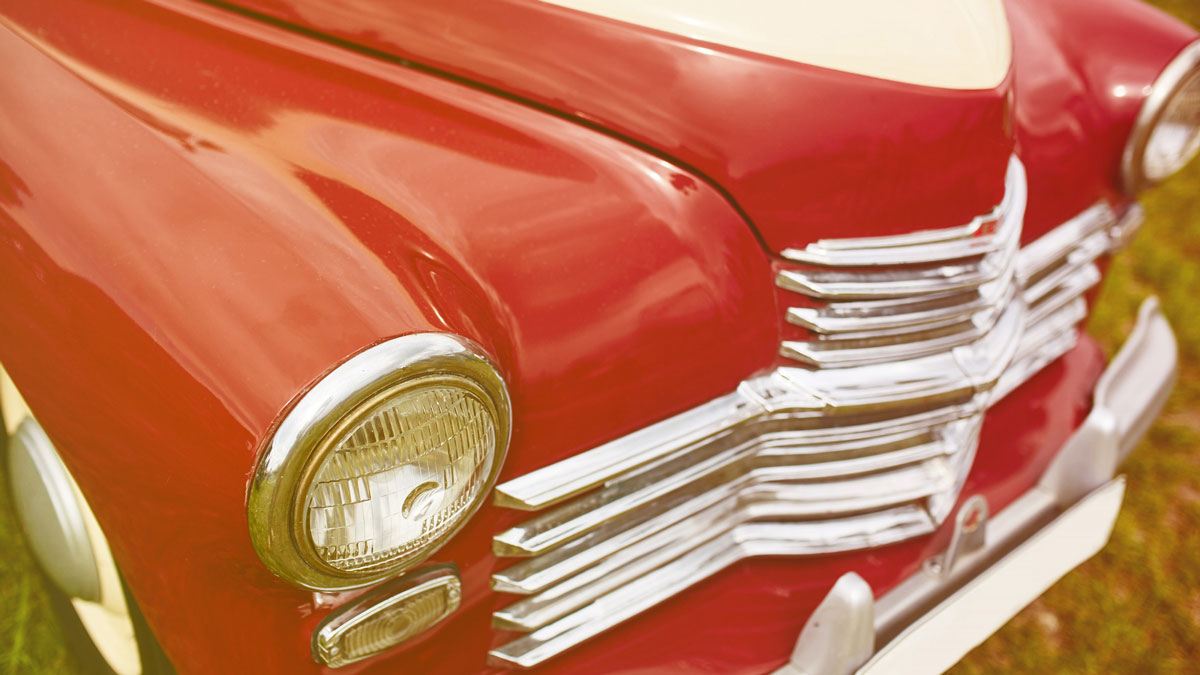For car enthusiasts, there’s nothing quite like the allure of a classic car. These vintage vehicles carry with them a sense of history, craftsmanship, and nostalgia that modern cars often lack. Restoring classic cars, however, isn’t just about bringing a vehicle back to its former glory—it’s about bridging the gap between the past and the present. Thanks to modern technology, restoring these timeless treasures has become more accessible and precise, allowing enthusiasts to preserve history while embracing innovation.
The Timeless Appeal of Classic Cars
Classic cars are more than just vehicles—they’re rolling pieces of art and engineering marvels that tell stories of bygone eras. From the sleek lines of a 1960s Jaguar E-Type to the muscular stance of a 1970s Dodge Charger, these cars evoke emotion and admiration. Restoring a classic car is an act of love, dedication, and respect for automotive history.
Challenges of Restoring Classic Cars
Restoring classic cars is not without its challenges. Over decades, these vehicles may suffer from rust, mechanical wear, and outdated systems. Finding original parts can be a scavenger hunt, and ensuring the car maintains its authenticity while meeting modern safety and performance standards requires a delicate balance.
Some key challenges include:
- Sourcing Parts: Original parts may be rare or no longer in production.
- Outdated Technology: Mechanical and electrical systems often need modernization for reliability.
- Cost and Time: Restoration can be expensive and time-intensive, requiring skilled craftsmanship.
This is where modern technology steps in to revolutionize the process.
How Modern Technology is Transforming Restoration
Modern tools and techniques are helping car enthusiasts overcome restoration challenges while preserving the authenticity of their vehicles. Here’s how:
3D Printing for Hard-to-Find Parts
One of the most significant advancements in car restoration is 3D printing. When original parts are unavailable, restorers can use 3D scanners to create digital models of missing components. These models can then be printed using durable materials, creating replicas that are virtually indistinguishable from the originals. This technology saves time, reduces costs, and ensures the vehicle retains its classic charm.
Computer-Aided Design (CAD)
CAD software allows restorers to design, analyze, and test parts before they’re fabricated. This is especially useful for custom components or when adapting modern parts to fit a vintage car. By simulating how a part will interact with the vehicle, CAD minimizes trial-and-error, ensuring a precise fit.
Modern Paint Techniques
Achieving an authentic finish is crucial for classic cars. Modern paint-matching technology ensures that restorers can replicate original colors down to the exact shade. Advanced spray techniques and eco-friendly paints also offer a durable finish while staying true to the car’s heritage.
Electric Powertrain Conversions
For enthusiasts looking to future-proof their classic cars, electric powertrain conversions are becoming increasingly popular. These conversions replace the traditional internal combustion engine with an electric motor, offering improved performance and zero emissions while retaining the car’s iconic design. Companies specializing in this field are ensuring that classics remain relevant in an era of environmental consciousness.
Digital Diagnostic Tools
Modern diagnostic tools can analyze a vehicle’s systems to identify issues that might not be visible to the naked eye. These tools help restorers fine-tune engines, optimize performance, and ensure the vehicle runs smoothly.
Balancing Authenticity with Innovation
One of the biggest debates in classic car restoration is how much modern technology to incorporate. Purists argue for preserving the vehicle as it was originally built, while others see value in blending old and new. Striking the right balance is key:
- Preserving Aesthetics: The exterior and interior should remain true to the original design.
- Enhancing Safety: Modern brakes, seat belts, and lighting systems can be discreetly integrated for improved safety.
- Improving Reliability: Upgrading mechanical systems ensures the car is not only show-worthy but also roadworthy.
Tips for Aspiring Restorers
- Start with a Solid Foundation: Choose a car with a sturdy frame and minimal rust to avoid costly repairs.
- Set a Realistic Budget: Restoration projects can be expensive. Factor in costs for parts, labor, and unexpected surprises.
- Research Thoroughly: Understanding the history and specifications of your car will help you make informed decisions.
- Work with Experts: Collaborating with skilled mechanics, painters, and upholsterers can save time and ensure quality results.
- Embrace Technology: Don’t shy away from modern tools that can simplify and enhance the restoration process.
Restoring Memories, One Car at a Time
Classic car restoration is more than just a hobby—it’s a way of preserving history and celebrating the art of automobile design. Modern technology has made it possible to tackle even the most challenging restorations while staying true to the vehicle’s original spirit. Whether you’re reviving a barn find or restoring a family heirloom, the journey is as rewarding as the destination.
As we look to the future, the fusion of old-world craftsmanship and cutting-edge technology ensures that classic cars will continue to captivate and inspire generations to come. So, roll up your sleeves, fire up your imagination, and get ready to breathe new life into automotive history.





